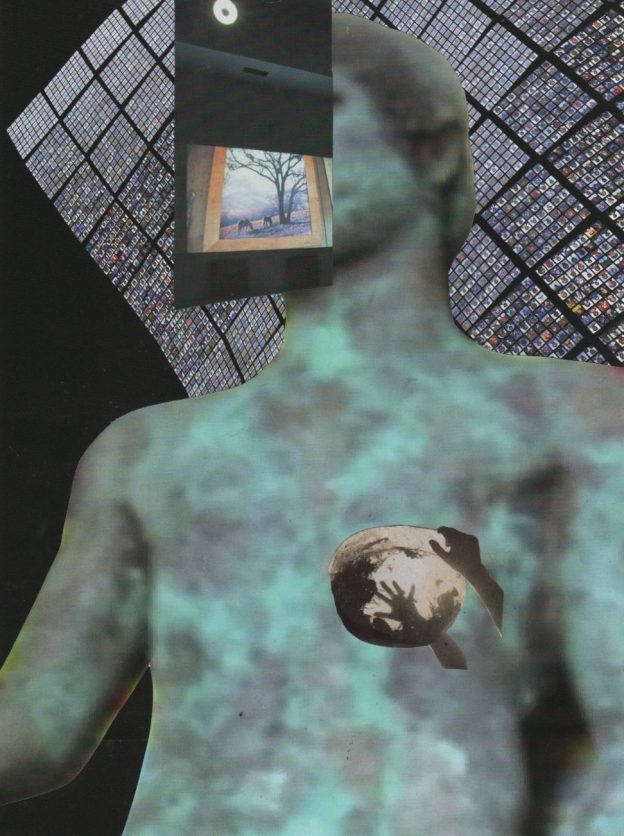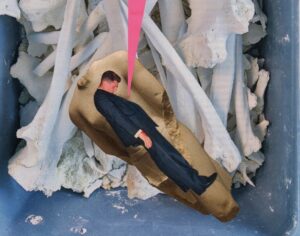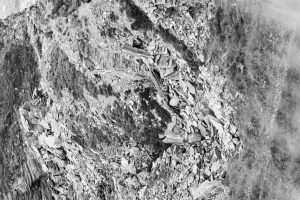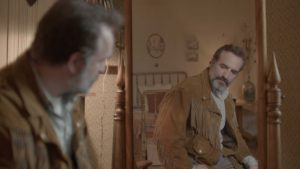AN INTERDISCIPLINARY, PSYCHOLOGICAL APPROACH TO DEVELOP COGNITIVE STIMULATION BY RECALLING PAST EVENTS IN THE EPISODIC, AUTOBIOGRAPHICAL MEMORY WITH PERSONAL PHOTOGRAPHS.
.
The following article is the product of a presentation by Stillpoint Spaces Paris psychotherapist and Neuropsychologist Ileana Masetti de la Guardia at the IM2A (Memory and Alzheimer’s disease institute[1]) in Paris on October, 11th 2018 under the leadership of Professor of Neurology Bruno Dubois[2]. This presentation gathered Neurologists, Neuropsychologists, Psychologists and researchers from the Salpêtrière Hospital but also from other partner facilities within the Parisian region.
Common belief has it that aging is analogous to dementia, and more specifically, to Alzheimer’s disease. The latter indeed has become the plague of a society whose continuous anguish surrounding death condemns the “demented” to be seen as bizarre and deviant, depriving them of their subjectivity, if not their humanity (Maisondieu, 1989 as presented by Vaglio D., 2018).
The current media frenzy and distortions about Alzheimer’s disease generate the feeling in demented patients that they have been “sentenced to death” and a similar impression of dementia is common among healthy, aging individuals. Regardless of popular perceptions, rigorous and standardized medical research that serve widespread eagerness to screen and conduct early-diagnosis for Alzheimer’s disease are also vital to understanding its mechanisms and to developing efficient pharmaceutical therapies.
The project we discuss in this article focuses on cognitive stimulation. It can be considered a strategy to fight the stigma around memory impairments and Alzheimer’s disease, and to support patients in the most efficient, personalized and sensitive way. For this specific reason, in these therapies cognitive functions will be stimulated and the emotional aspect of the patients’ psyche will also be involved. The ultimate purpose of this project is to offer these patients a relatable, original and integrative therapeutic approach where Neuropsychology, Clinical Psychology and Psychoanalysis can align. As researchers and, primarily, as psychologists with multiple academic backgrounds—from Neuropsychology to an interest and application of psychoanalytic concepts in our own practices—our aim is to provide all psychotherapists with a universally applicable, non-pharmaceutical therapeutic method.
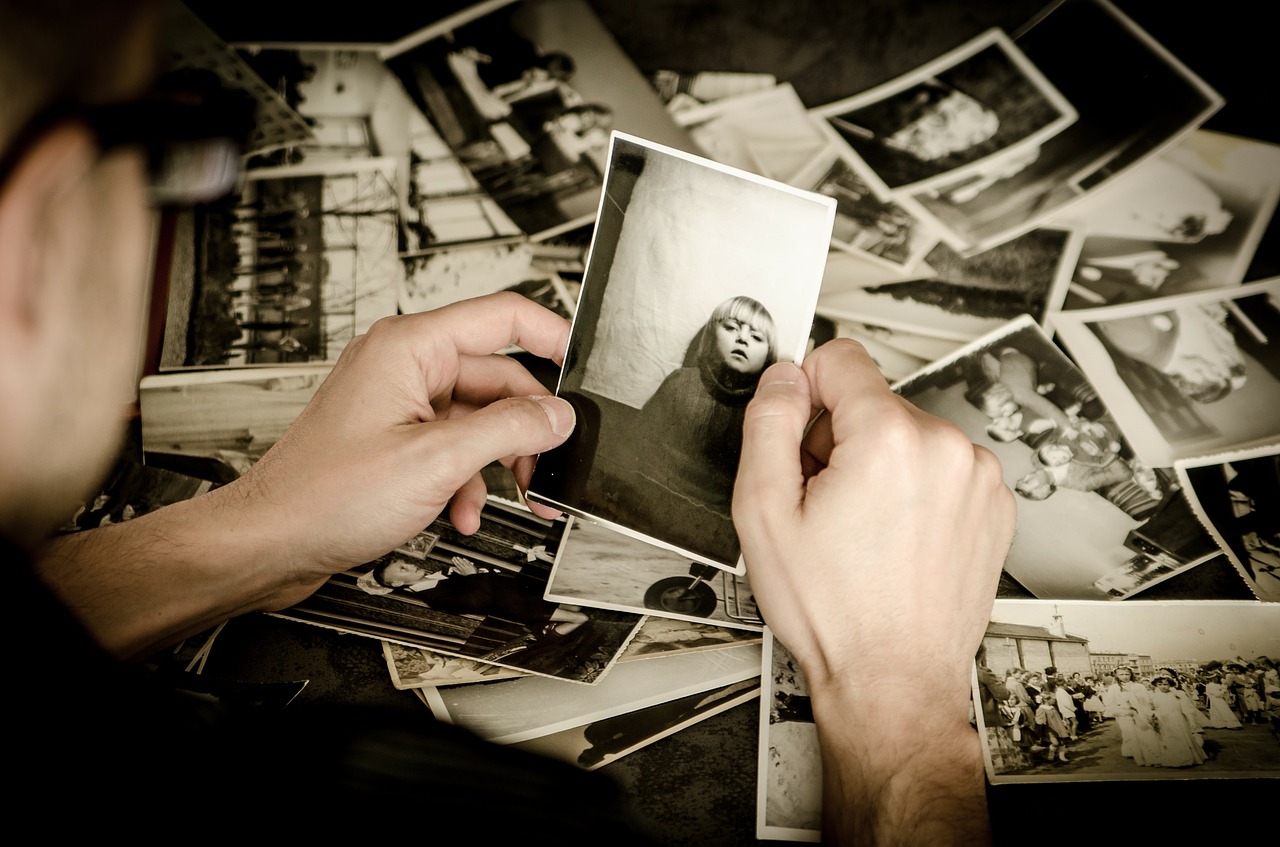
WHAT IS INTENDED BY “COGNITIVE STIMULATION”?
“Cognitive stimulation” or “intellectual stimulation” is intended as a method activating networks of brain cells or neurons in the cerebral cortex. This complex of neurons forms a “cognitive reserve”, enhancing flexibility in the neuronal networks and allowing individuals the ability to compensate for faulty cognitive functioning. Cognitive reserves vary according to each individual, depending on variables such as the environment in which they grew up and in which they live, their lifestyle, as well as their academic background. Therefore, with cognitive stimulation we don’t only consider the intellectual aspect of an individual, but rather, we take into account their whole psychological functioning. In this article, we aim to convey a long-term project that will enable us to prevent or decrease intellectual decline in aging by encouraging strategies that induce positive feedbacks on mood and help individuals maintain autonomy.[3]
HOW EXACTLY CAN EMOTIONS BE ASSOCIATED WITH COGNITIVE STIMULATION?
Nowadays, many models illustrating the functioning of memory can be found in scientific literature, and each of them involves a clear distinction between short-term memory and long-term memory. But what if the reality of these categories was slightly more complex than a clear distinction between two memories? Episodic memory cannot be considered without mentioning the concept of “Self”, that is to say, the part of our cognitive apparatus that enables us to say “I remember”.[4] Therefore the “Self” enables us to recall memories connected with our own person, perceptions, and past experiences. It is important to note that “I remember” is distinguished from “I know”, and here’s why: there are theoretical conceptions illustrating the mechanisms involved in the retrieval of memorized material in general, but only two mechanisms can explain the specificity of recovering autobiographical memories and events. Endel Tulving (1983) introduced his conception of the Self as a functional process that personally involved the subject in building memories, relatively independently from semantic or crystalized knowledge (i.e. language). Martin Conway (2000) perceived the Self as a product of the semantic memory, which gives it a structure. Moreover, Conway (ibid) describes the Self as a dynamic integrative structure: it relies on knowledge about oneself with the semantic portion of memory essentially intertwined with the episodic portion of memory.
In other words, it is thanks to the complementarity between semantic and episodic memory that one can “live” or feel one’s memories and relate to them authentically. Otherwise, if the Self exclusively depends upon the semantic memory, it would have a structure but wouldn’t guarantee an intimate and emotional recollection of events (Piolino et al., 2008). Thus, these crucial interactions between episodic and semantic memories give a structure and a function to the “Self” and together contribute to the definition of the autobiographical memory (Piolino et al., ibid). This type of integrated autobiographical memory enables individuals to develop the feeling of being whole, of existing as an individual through time, and of having a full identity.
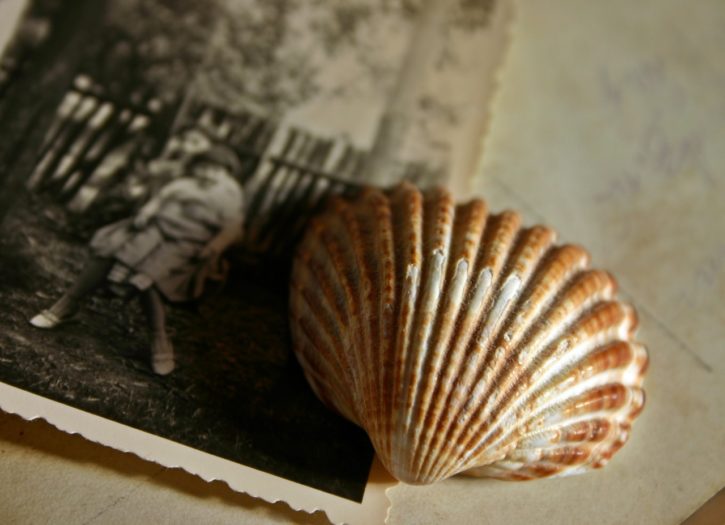
WHAT ARE THE BENEFITS OF A COGNITIVE STIMULATION THAT FOCUSES ON THE RECOLLECTION OF PAST AUTOBIOGRAPHICAL EVENTS THROUGH VISUAL STIMULATION SUCH AS PERSONAL PHOTOGRAPHS?
First, it is essential to specify that this research aims to study the benefits of cognitive stimulation by using personal photographic material in both healthy aging subjects (control subjects), those suffering from Amnesia and Mild Cognitive Impairment, as well as recently diagnosed Alzheimer’s patients. More specifically, we take an interest in the exploration and benefits of such techniques in early-onset Alzheimer‘s patients. We hypothesize that emotional cognitive stimulation (by stimulating the episodic autobiographical memory through personal pictures) could preserve a feeling of self-conscious representation in people presenting cognitive impairments and could improve or maintain global cognitive efficiency—be it in healthy patients, or those with a diagnosis of dementia—by activating compensating mechanisms in the ventral striatum (Schmidt L. et al., 2012).[5]
As a matter of fact, this kind of intellectual stimulation could serve as a non-pharmaceutical therapy due to its potentially beneficial impact on visual episodic memory and self-representation. Indeed, regarding the first objective, personal photographs could be integrated as visual cues and stimuli effective enough to induce vivid recollections of autobiographical events.[6] When perceived, a personal photograph activates neurons in the visual cortex which generates a signal that is then sent to the hippocampus and the amygdala, triggering an emotional response and generating the recollection of personal, past events and memories. A second main objective is to reinforce weakened personal memories in order to preserve a feeling of self-conscious representation, which couldn’t be sustained without a visual base (Jacobson E., 1964). Therefore, the main intention with this project is to promote the expression of these patients’ psyche, and to provide consideration of patients’ emotions, rather than primarily focusing on the usual, solely cognitive, stimulation. The idea is to give them an opportunity to leave their families with a physical manifestation of their life-story, as well as contribute to stabilizing and preparing their “self” to deal and potentially decrease anxiety attacks as a consequence of their increasing environmental and personal disorientation.
Finally, the novelty of this project stems from the integrative approach that is used in the observation and analysis of the collected data. More specifically, this means that the present project is led from a variety of theoretical perspectives and attempts an interdisciplinary rapprochement between Neuropsychology, Clinical Psychology and Psychoanalysis, especially when it comes to dealing with concepts such as the “Self”. The final intent of this project is to provide psychologists and therapists of different backgrounds with an efficient and inspiring therapeutic method.
[1] IM2A is a part of the Salpêtrière Hospital dedicated to the diagnosis, follow up of Alzheimer’s patients and research on Alzheimer’s disease.
[2] Bruno Dubois is also director of the IM2A and of the “Cognition and Neuroimaging in brain diseases” at the ICM (Institut du Cerveau et de la Moelle Epinière or Spine and Brain Institute in English) at the Salpêtrière Hospital.
[3] Be it non-pathological or pathological.
[4] The concept of “Self” presented here is to be considered from a Cognitive Psychological perspective and must be distinguished from the psychoanalytic notions of Self and self. The psychoanalytic notion, associated with the Jungian definition of the Self as an archetype, is a structure defining an individual’s psychological wholeness (considering both the personal and collective aspects of the subconscious) and is a pillar to his being. In Freudian literature, the definition of the self is more obscure but is often defined as a subjective and distinctive entity that enables an individual to express their unity and wholeness for others (Neau F., 2014). In other words, the self could be considered as a “receptacle” allowing individuals to express their subjective fantasies (Montani C., 2009). As a matter of fact, Anzieu (1985) described the self as the nucleus to identity. Prior to him, Winnicott had used the term self to develop his concepts of true and false self.
[5] Due to the increased motivation levels caused by emotional stimuli on the given mental effort.
[6] More effective than any other verbal or visual non-subjective/emotionally associated material.
Anzieu D. Le Moi-Peau, Paris: Dunod, (1985).
Conway, M. A., & Pleydell-Pearce, C. W. The construction of autobiographical memories in the self-memory system. Psychological Review, 107(2), 261–288, (1989).
Jacobson, E. The self and the object world. Oxford, England: International Universities Press, (1964).
Jung, C. G., Cahen, R., Jacobi, J., & Le Lay, Y. L’Ame et la vie. Paris : Buchet-Chastel. DL, (1965).
Maisondieu J. Le crépuscule de la raison, Centurion: Paris, (1989).
Montani, C. & Ruffiot, M. L’image du corps à l’épreuve de la démence. Cliniques méditerranéennes, 79,(1), 103-116, (2009).
Neau F. De la représentation de soi au narcissisme… et retour ?. Psychologie clinique et projective 2014/1 (20), p. 109-129, (2014).
Piolino, P., Thomas-Antérion, C., & Eustache, F. Des amnésies organiques aux amnésies psychogènes [Texte imprimé] : théorie, évaluation et prise en charge. Marseille : Solal. DL, (2008).
Schmidt L., Lebreton M., Cléry-Melin M-L., Daunizeau J., & Pessiglione M. Neural mechanisms underlying motivation of mental versus physical effort. PLoS Biology , Vol 10, Iss 2, p E1001266, (2012).
Tulving, E. Elements of Episodic Memory. Oxford: Clarendon Press.; New York : Oxford University Press, (1983).
Vaglio, D. Le travail de la maladie à l’œuvre dans le stade débutant de la forme jeune de la maladie d’Alzheimer et son impact sur la représentation de soi des patients atteints – The work of illness in the early stage of early-onset Alzheimer’s disease and its impact on the patients’ self representation. Travail de Recherche de Master 2 sous la direction du Professeur Benoît Verdon –Master degree thesis under the supervision of Benoît Verdon, Phd; Paris Descartes University France, (2018).
Written by ILEANA MASETTI DE LA GUARDIA and DAVID VAGLIO
Originally published NOVEMBER 2018
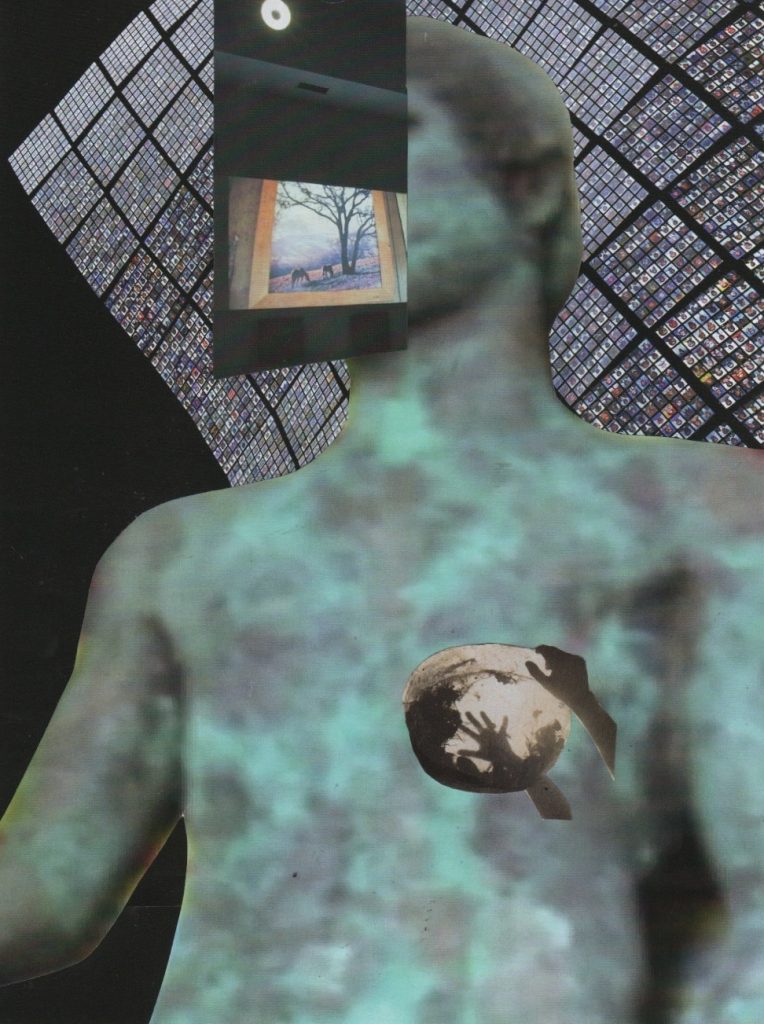
Artwork by KATE HOLFORD
Photographs courtesy ILEANA MASETTI DE LA GUARDIA
© Copyright for all texts published in Stillpoint Magazine are held by the authors thereof, and for all visual artworks by the visual artists thereof, effective from the year of publication. Stillpoint Magazine holds copyright to all additional images, branding, design and supplementary texts across stillpointmag.org as well as in additional social media profiles, digital platforms and print materials. All rights reserved.
